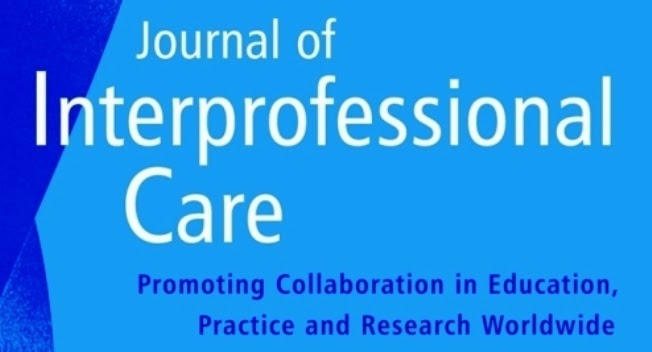Where No Doctor Has Gone Before: Cuba’s Place in the Global Health
Landscape
Robert Huish
Waterloo, ON, Canada: Wilfrid Laurier
University Press, 2013
156 pages. $31.65 USD
ISBN: 978-1-55458-833-6
Robert Huish, Assistant Professor at Dalhousie University, Department of
International Development Studies, presents an overview of the Cuban health
system, the Cuban medical education system, and the government’s effort to
provide care beyond its borders. This is a practical book that gives the
historical background of how Cuba has survived decades of economic sanctions to
become one of the world leaders in universal health care. The author
examines the different aspects of Cuban health care using credible evidence and
a variety of sources including the author’s own experiences in Cuba learning
how health care and medical education is delivered.
The author seeks to show how the Cuban government views health care as a
basic human right and refuses to compromise on their investment in human
capital to provide primary care to all of its citizens. The author
delivers on this purpose by describing the historical background that led Cuba
to use the model of training physicians to bring medical care to many outside
of its borders.
The first few chapters focus on the foundational aspect that health care
should start at the community level with a focus on disease prevention and
health promotion. These chapters go into a rich and carefully documented
amount of detail describing how health care is actually delivered, how Cuba has
been able to use this model of care as a form of foreign policy, and how the
country has benefitted from this focus on public health. There are also
chapters dedicated to the concepts of Medical Tourism and Health Care Worker
Migration. Cuba’s approach to these topics has left positive imprints on
many countries in the Caribbean and Latin America.
The remaining chapters describe the Cuban medical education system,
including the largest medical school in the world, the Latin American School of
Medicine, or ELAM. Medical education is discussed on a student level with
multiple examples from student interviews that relate their experience of
coming to Cuba to learn medicine for free. The only debt the students have is a
moral one: a commitment to return to their countries and serve in the areas of
most need. Nevertheless, the author does not shy away from the challenges
ELAM graduates face when returning to their native countries to practice.
The author has written a very commendable book about how medicine,
public health and international health blend together to meet the needs of
thousands in Cuba. What is missing for me is how they use interprofessional health
care teams as a model of care, a recent model of education for medical
personnel. This book was a pleasure to read. It would be perfect for
those in medical education, public health, global health and primary
care.
The author ends the book with the five things he has learned from the
Cuban health system. This “top five” list, if you will, is a skillful
reminder of the needs of global health and how a small island country has been
able to use health care and education policy to make an impact in some of the
worlds most underserved regions.
Review by: Curt Stilp, Assistant Professor, Oregon Health &
Science University
